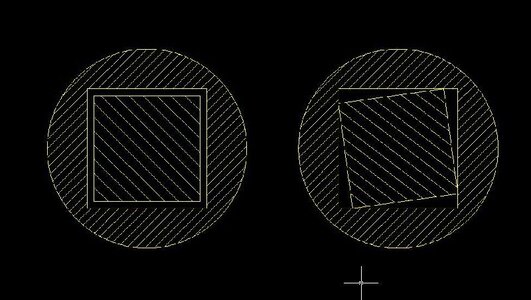Mouthfulloflake
ISJWTA member #2
- Location
- NW Arkansas
you are correct Romack,
there would be ALOT of engineering in this to make it strong if it were to be welded together.
both parts need to be heat treated before hand, and put into what is commonly refered to as a state of " solution" this usually requires an oven with an argon atmosphere, and a temp range of 1900 for probably half an hour or so, and then a slow cool down period.
when the part comes out, it will be softer than normal, and it will be larger than normal.
the parts will be welded together, and then another heat treating process, called " precipitation" lower temps and alot more time involed ( like 20 hours or so)
this will make the parts hard again, and they will shrink back to the target diminsion ( ideally at least)
Now ive only done a few stainless alloys, so the temps and numbers could be way off, but Im guessing that that the basic theory would be similar.
likely the part will be machined AFTER the final heat treat process, to get a more accurate diminsion. but that will be hard on tooling, hard stainless is hard to cut.
it could be cut while in solution( soft) , but then the diminsions change once its hardened back up.. would be hard to arrive at the target tolerence.
I have seen splines cut on a bridgport mill with an indexing tool.
and ive heard of them being rolled, but I am not fameliear with that process.
there are alot of companies out there that do axle shafts, its pretty common in the automotive realm, but thats a different material, and often, they are shortened in the process, so they just cut back, and spline the material thats already there.
there would be ALOT of engineering in this to make it strong if it were to be welded together.
both parts need to be heat treated before hand, and put into what is commonly refered to as a state of " solution" this usually requires an oven with an argon atmosphere, and a temp range of 1900 for probably half an hour or so, and then a slow cool down period.
when the part comes out, it will be softer than normal, and it will be larger than normal.
the parts will be welded together, and then another heat treating process, called " precipitation" lower temps and alot more time involed ( like 20 hours or so)
this will make the parts hard again, and they will shrink back to the target diminsion ( ideally at least)
Now ive only done a few stainless alloys, so the temps and numbers could be way off, but Im guessing that that the basic theory would be similar.
likely the part will be machined AFTER the final heat treat process, to get a more accurate diminsion. but that will be hard on tooling, hard stainless is hard to cut.
it could be cut while in solution( soft) , but then the diminsions change once its hardened back up.. would be hard to arrive at the target tolerence.
I have seen splines cut on a bridgport mill with an indexing tool.
and ive heard of them being rolled, but I am not fameliear with that process.
there are alot of companies out there that do axle shafts, its pretty common in the automotive realm, but thats a different material, and often, they are shortened in the process, so they just cut back, and spline the material thats already there.
romack991 said:Just like to point out this is not a correct statement as it stands... Hardness does not equal strength. And I hope the other end is going to the same hardness or that will just be the one wearing away. Also this would make the shaft more brittle unless he just is doing surface heat treating and leaving the core soft.
As to the welding weakening the shaft. You have a heat effected zone right on the edge of the weld that causes that. You should be able to heat treat the part to eliminate in. Definitely can lower your corosion resistance though as mentioned too.
turning nerdy analysis off now...:dunce:

